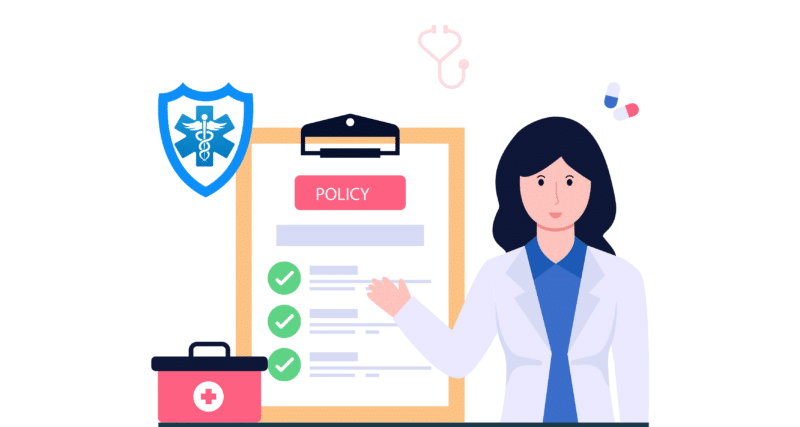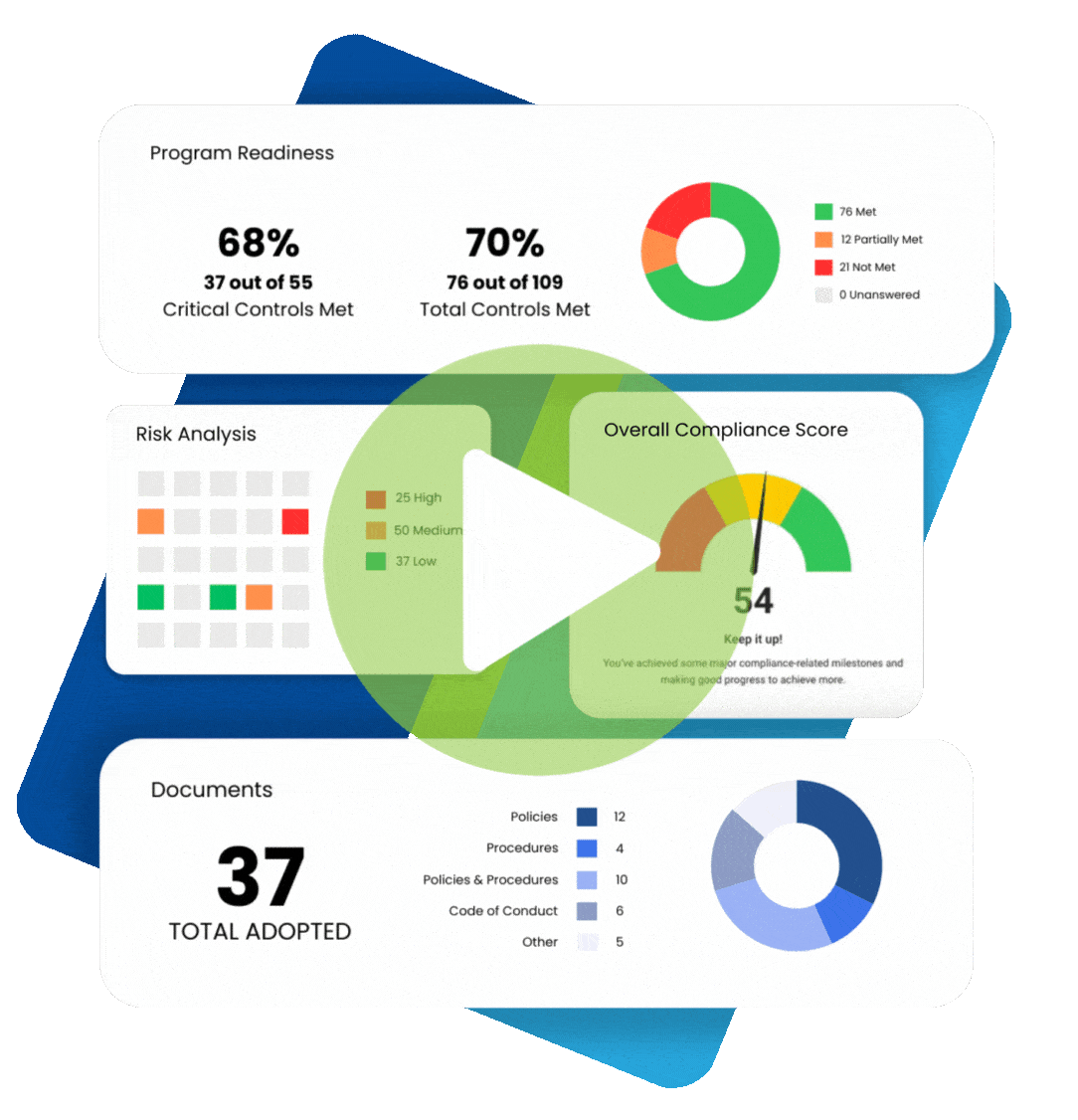
In an industry where patient privacy, employee safety, and financial stability are at stake, healthcare organizations must be on top of their compliance activities. A critical job of compliance officers is handling HIPAA documentation, which makes it possible to provide employee training, outline correct procedures, and prove compliance with healthcare regulations. Understanding the importance of properly using, storing, and handling these documents is critical to following the law and maintaining the trust of patients and stakeholders.
Importance of HIPAA Documentation
Adherence to the Health Insurance Portability and Accountability Act (HIPAA) is central to safeguarding protected health information (PHI). Although just one aspect of healthcare compliance, proper HIPAA document retention, storage, creation, and disposal are crucial to preventing breaches of sensitive data and disruptions to essential operations.
Hospitals, private practices, and other healthcare organizations handle certain documents to uphold the HIPAA Privacy Rule, which requires entities to implement practices that protect PHI and other patient data from unauthorized access. These documents include:
- Authorization form: This document obtains written consent from patients to release their information to other providers or relevant parties.
- Notice of privacy practices: This document informs patients of their privacy rights and the policies and procedures the entity engages in to protect those rights. Patients must acknowledge with a signature that they’ve received and understood this information.
- Patient consent form: Although not required by HIPAA, this form obtains the patient’s written informed consent for treatment.
This HIPAA documentation is informative for patients and provides visible evidence that your organization has taken every required step to protect their privacy and preserve their rights. Your hospital or entity can create documents that include all the needed components. Templates are useful for developing and revising your HIPAA-compliant forms.
Guidelines for HIPAA Documents
The efficient use of HIPAA forms protects patients, helps you avoid legal ramifications, and promotes your entity’s financial bottom line. Here are some tips for HIPAA-compliant handling of crucial documents:
- Appoint a compliance or security officer for your organization, if you haven’t already done so. This person’s role focuses on compliance efforts for HIPAA and other governmental agencies.
- Have HIPAA documentation of your organization’s compliance policies and procedures accessible to all staff. These documents include protocols for adhering to the HIPAA Privacy and Security Rules. They detail the steps employees must take to report incidents, update their training, conduct risk assessments, and perform other duties.
- Use secure cloud storage to keep PHI safe. Your cybersystem should employ robust password access, strong encryption, and controls to protect data.
- Keep physical backups of all documentation. Having physical copies in addition to digital records ensures HIPAA document retention and access to evidence of compliance when digital versions aren’t accessible.
- Provide regular HIPAA compliance training for staff, which includes procedures regarding HIPAA documents.
Software for Managing HIPAA Documents
Staying on top of all your documents while maintaining HIPAA compliance is a full-time job. A straightforward way to streamline your process is to leverage software from Compliancy Group. With our software, you get a digital document manager that enables you to download procedural templates, create and store records, and upload documents quickly. Also, staying compliant with HIPAA is easy with your customized dashboard, where you can track compliance activities.
At Compliancy Group, we specialize in HIPAA compliance for healthcare organizations of all types and sizes. Contact us today for more information and take the next step to ensure data security, patient privacy, and workforce safety.









